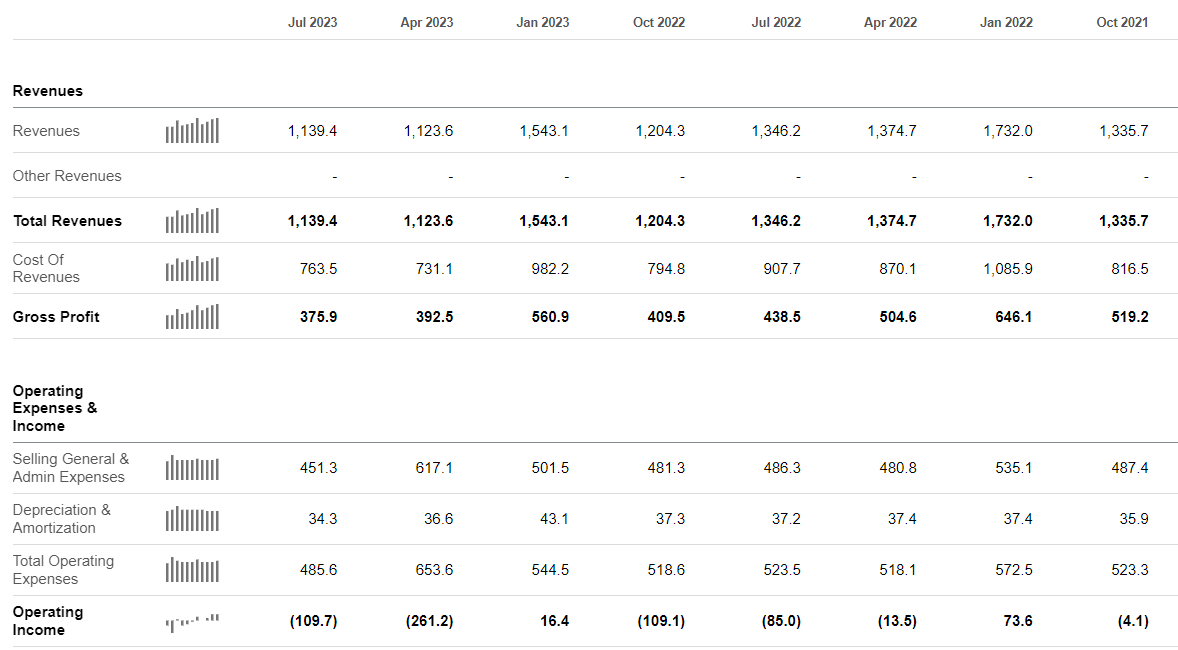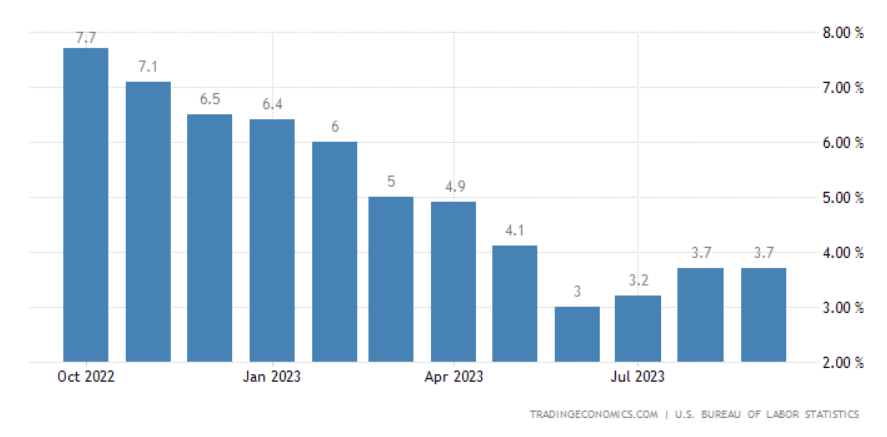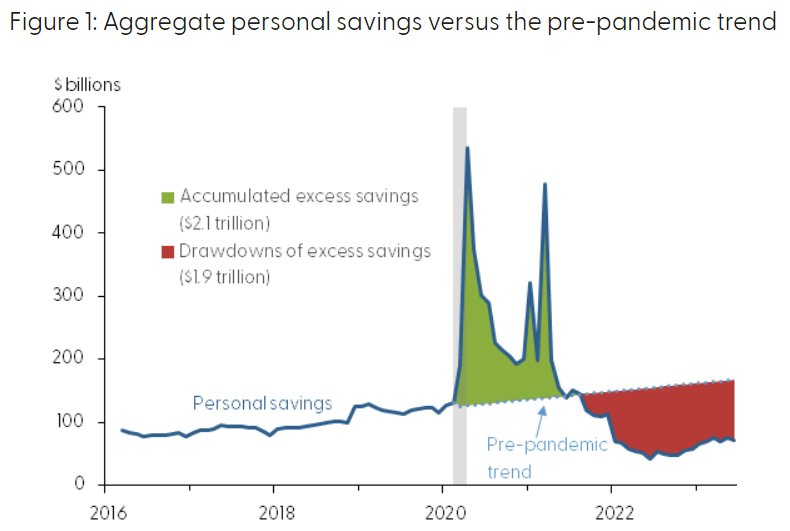Introduction
Big Lots, Inc. (NYSE:BIG) is a home discount retailer operating in the United States with 1,422 stores and an e-commerce platform. It sells various products, including food, consumables, soft home, hard home, furniture, seasonal items, apparel, electronics, and other items. The company’s mission is to help people live big and save lots.
Big Lots has experienced operating losses since 2022. The company faces several challenges, including a revenue decrease, relatively fixed SG&A costs, and gross margin compression. However, management is taking steps to turn the business around, including focusing on lower-priced seasonal items and flexing up with the assortments, cutting costs, improving financial position, and recovering Big Lots’ value proposition by increasing the closeouts as a percentage of the total assortments. Nonetheless, I consider the turnaround opportunity to have a high degree of uncertainty in its outcome, so I recommend a ‘Hold’ for now.
A Possible Turnaround
Big Lots has had operating losses in the last six quarters, except 4Q22, owing to a revenue decrease and relatively fixed SG&A costs. The firm has experienced a gross margin compression as it had to make significant markdowns to sell distressed merchandise, elevated freight costs, and a more conscious consumer due to inflationary pressures and higher interest rates.
Seeking Alpha
The gross margin is far from its historical 10-year median, which is 39.8%. However, in its latest earnings call, the management team stated that they expect lower markdown rates (back to historical levels) and a continuous easing in the freight industry, which could lead to a significant improvement in the gross margin. Moreover, Big Lots has solved the supply problem of its Broyhill furniture brand after its manufacturer, United Furniture Ind, went out of business in November 2022.
Author’s Elaboration with data from Seeking Alpha
After a tough first half, the company is focusing on lower-priced seasonal items and flexing up with the assortments in rural areas to better cater to customers in those regions. Likewise, the management expects the land and net costs to decline in the next half of the year, which will continue to improve margins.
Even if the inflationary pressures seem to relax in 2023 after the inflation rate fell to 3.7% in October 2023, and consumer confidence remains stable around 100-103. The credit card rates skyrocketed, the oil barrel price has been increasing, and the pandemic savings are almost gone (especially for low-income households).
Trading Economics Federal Reserve Bank of San Francisco

These factors give us a highly uncertain macroeconomic scenario, which could lead customers to be more price-conscious and seek better bargains. For instance, it’s enough to see how Big Lots was forced to make significant markdowns to eliminate old inventory. High inflation has impaired the capacity of retailers to pass costs to consumers; moreover, shoppers can easily compare prices among different retailers just by visiting their websites and seeing the best deals.
In this sense, the management aims to apply a cost-cutting strategy (“Springboard”) with AlixPartners as a partner. The management has identified a $100 million opportunity to cut costs in 2023 and a further $200 million opportunity in 2024 through savings in cost of goods, inventory optimization, marketing, pricing, store and field operations, supply chain, and general office. Nevertheless, even if cost savings opportunities are realized, they won’t be enough to return to profitability, as the company had a TTM operating loss of $522 million or $429.6 after adjusting for 1Q23 impairment and termination expenses. Thus, from my perspective, the most critical factor to return to profitability will be the volume and gross margin. I think the volume is likely to increase because of
-
Bed Bath & Beyond’s Bankruptcy: 60% of Big Lots’ stores were 10 miles close to a Bed Bath Beyond store; thus, many of those stores are seeing an increase in sales and, simultaneously, are acquiring the distressed inventory from the closure.
-
A shift to lower-priced products and closeouts: the management stated they will focus on bringing cheaper products and increasing the closeouts across stores, which is crucial in the current macroeconomic environment.
-
Broyhill’s comeback: after nine months of short supply, Broyhill furniture is coming back to Big Lots stores, which could have a positive effect on the firm’s sales volume as it’s one of the cheapest furniture brands in the US, along with Wayfair or Amazon River.
I think the gross margin could increase significantly if the management team keeps focusing on offering more closeouts in their stores, as Big Lots has a considerable pricing advantage on this kind of product compared to general merchandise. Thus, in my opinion, a higher concentration on bargains and closeouts may bring more sales volume as customers are driven by significant discounts and, simultaneously, higher margins as the company can acquire those distressed inventories with important discounts. Currently, the CEO, Bruce Thorn, said 30% of the assortment were closeouts and that they will bring that percentage to 33% by the end of the year. I believe closeouts are Big Lots’ soul, and they have been missed since 2018 when the closeouts were only a high-single digit percentage of the assortment. Even during COVID-19, closeouts decreased as a percentage of assortment, which led consumers to see Big Lots just like any other general merchandise and furniture store.
Consequently, Big Lots has been competing in prices against larger retailers and e-commerce platforms without any competitive advantage. Furthermore, shoppers didn’t know what to expect when visiting a Big Lots store, which, along with a decrease in the number of bargains or closeouts, should have brought a lower consumer willingness to shop there. Now, the management members know they need to recover closeouts to change the perception of shoppers and to generate value for them. In fact, in the earnings call, the CEO affirmed he had noticed an increase in consumers’ value perception since the company began to offer more closeouts. Therefore, I believe the real differentiator for Big Lots in the following years will be the treasure hunter retail experience.
Nevertheless, neither analysts nor executives expect Big Lots to be profitable again in the next quarter but slightly positive in the last quarter. Moreover, expenses will likely increase as a percentage of revenue because sales are expected to decrease faster than SG&A expenses. Even so, the gross margin is expected to improve by 200 bps (compared to 3Q22) in 3Q23 and to be in the high 30s at the end of the year. The latest is in line with the rapid improvement in profitability of Ollie’s Bargain Outlet (OLLI), whose gross margin in 2Q23 increased by 650 bps compared to 2Q22, which allows the company to recover its high 30s margin again.
Therefore, I think the management is taking the proper steps to recover Big Lots’ business; however, it will take time before the company can recover pre-pandemic profitability. That’s why investors should know how long Big Lots can survive in a challenging economic environment without going bankrupt.
At the end of July, the company had a total long-term debt of $493.2 million and $46 million in cash. Nonetheless, one week before presenting results, the company completed a leaseback sale agreement that brought net proceeds equivalent to $298 million (the net book value of the distribution center and stores sold was $122 million). The net proceeds were used to pay off the 2023 Synthetic Lease for $101 and repay borrowings under the Credit Agreement. Thus, the company has paid a considerable portion of its debt, which bears variable interest. Moreover, the company should have approximately $600 million in PP&E that could be sold in the case of more financial distress. In this sense, the shares are trading at a P/B of 0.41 (without reflecting the gains from the leaseback sale and the capacity to sell PP&E higher than carrying value), so even if the company is liquidated today, there would be a high probability that shareholders will receive at least the current price of the stock in the liquidation process. Nevertheless, the company keeps burning cash rapidly in its operations ($150.6 million in 2Q23, $169 million in 1Q23, and $144 million in FY22); thus, even if the financial position is relatively strong currently, it could not be that good in the following quarters with more operating losses.
Finally, some executives (including the CEO) believe in the turnaround process and have purchased stocks at around $4.85-$5. Moreover, most of their compensation is in equity bonuses; hence, I think they have skin in the game, and their incentives are aligned with shareholders’ interests.
Risks
Competition
Big Lots faces tough competition from many brick-and-mortar retailers and e-commerce platforms. The principal competitive factor is pricing and customer experience. Big Lots is improving by increasing the closeouts and promoting a treasure hunter retail experience. However, a close rival with a sound financial performance and strong value proposition is Ollie’s Bargain Outlet, which has been faithful to its closeout model. Ollie is still a tiny competitor compared to Big Lots but is growing fast, even in a challenging economic environment. In this sense, I think a protracted price war could force Big Lots to keep making aggressive markdowns to remain competitive while suffering losses, as the company is experiencing heavy losses. In contrast, many of its competitors remain profitable. Thus, if the adverse economic scenario prolongs, fostering more price competition, the successful probabilities from the turnaround may be erased.
Debt and Cash Burn Rate
Even if the firm improved its financial position after the leaseback sale mentioned above, it keeps burning cash at worrisome levels. For instance, at the end of 2021, the shareholders’ equity was $1,278 million with $560 million in cash; at the end of 2Q23, the shareholders’ equity was $306 million with $46 million in cash. The company is losing money fast, and its financial position is worsening to alarming levels as the losses are covered with more debt. Furthermore, Big Lots won’t break even in 2023, and it’s not sure (or at least analysts do not expect it) it will do it in 2024. Lastly, more debt at the current interest rates may hinder the return of positive net income.
Recession
If ‘something’ breaks and the whole economy plummets, consumers will begin to save money, delay consumption, and reduce discretionary expenses. If a recession occurs, Big Lots’ recovery will probably be delayed even more (or it could not happen), and more losses will be experienced, deteriorating its financial performance faster.
Conclusion
Big Lots is undergoing a crisis, but there is a light at the end of the tunnel. In my opinion, the management is taking the correct steps to recover Big Lots and improve its long-term value proposition. However, the losses in the last year and the first half of 2023 have compromised its financial position and plummeted the stock price. The company can still absorb more losses, and its gross margin is expected to return to pre-pandemic levels, but its SG&A expenses remain high and fixed; thus, it will need to increase its volume to stop losing money. Nevertheless, neither the management nor analysts expect that to happen in the third quarter of 2023 and only expect a small net income in the fourth quarter. Finally, I will recommend a ‘Hold’ as the degree of uncertainty is too high to have some clarity on the probabilities of a successful turnaround so that it could be a perfect investment opportunity for risk-tolerance contrarian investors.
Read the full article here



